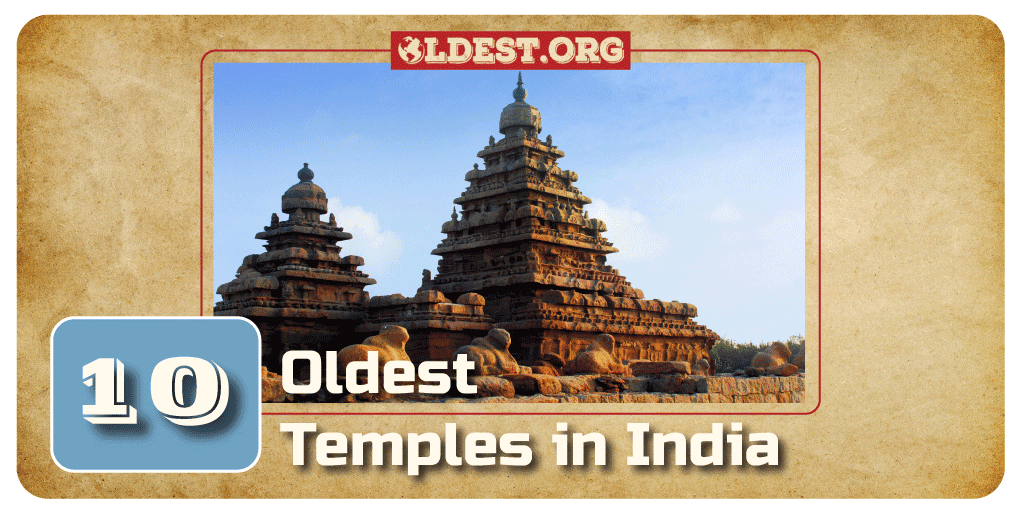India, a land steeped in spirituality and rich cultural heritage, is home to some of the world’s oldest temples. These architectural wonders not only showcase the country’s ancient religious practices but also serve as a testament to the craftsmanship and devotion of the people who built them.
In this article, we will explore the 10 oldest temples in India, delving into their historical significance, unique features, and spiritual allure.
10. Dwarkadhish Temple, Dwarka
Year Established: 15th-16th century
Location: Dwarka, Gujarat
Deity: Lord Krishna
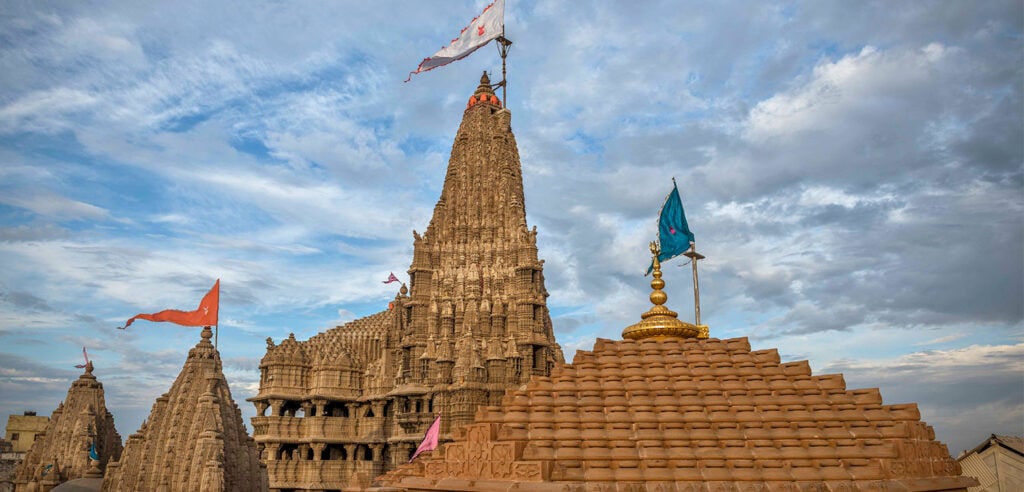
The Dwarkadhish Temple, located in Dwarka, Gujarat, is a sacred place dedicated to Lord Krishna. It is considered one of the Char Dham pilgrimage sites and holds great importance in Hindu mythology. The temple’s impressive Māru-Gurjara architecture, with its distinct red pinnacle, attracts devotees from far and wide.
Did You Know?
The Dwarkadhish Temple is believed to have been built in the 15th-16th century, although its roots can be traced back to 200 BCE. It is a symbol of devotion and is associated with various legends from Krishna’slife, including his grandeur as the King of Dwarka.
9. Ramanathaswamy Temple, Rameswaram
Year Established: 12th century
Location: Rameswaram, Tamil Nadu
Deity: Lord Shiva
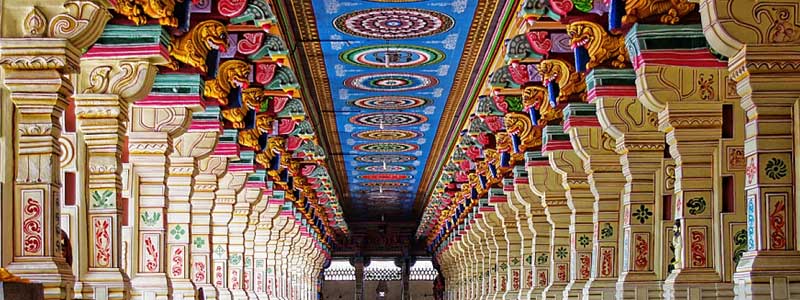
The Ramanathaswamy Temple, found on the island of Rameswaram in Tamil Nadu, is a holy shrine devoted to Lord Shiva. This sacred pilgrimage site is known for its intricate corridors, massive gopurams, and sacred bathing tanks. According to devout followers, visiting this temple is believed to cleanse one’s soul and absolve them of their sins.
Did You Know?
The Ramanathaswamy Temple boasts one of the world’s longest temple corridors, stretching over 1,200 meters. Additionally, it holds the esteemed position of being one of the 12 Jyotirlingas, symbolizing the radiant manifestation of Lord Shiva.
8. Chennakesava Temple
Year Established: 11th century
Location: Belur, Karnataka
Deity: Lord Vishnu
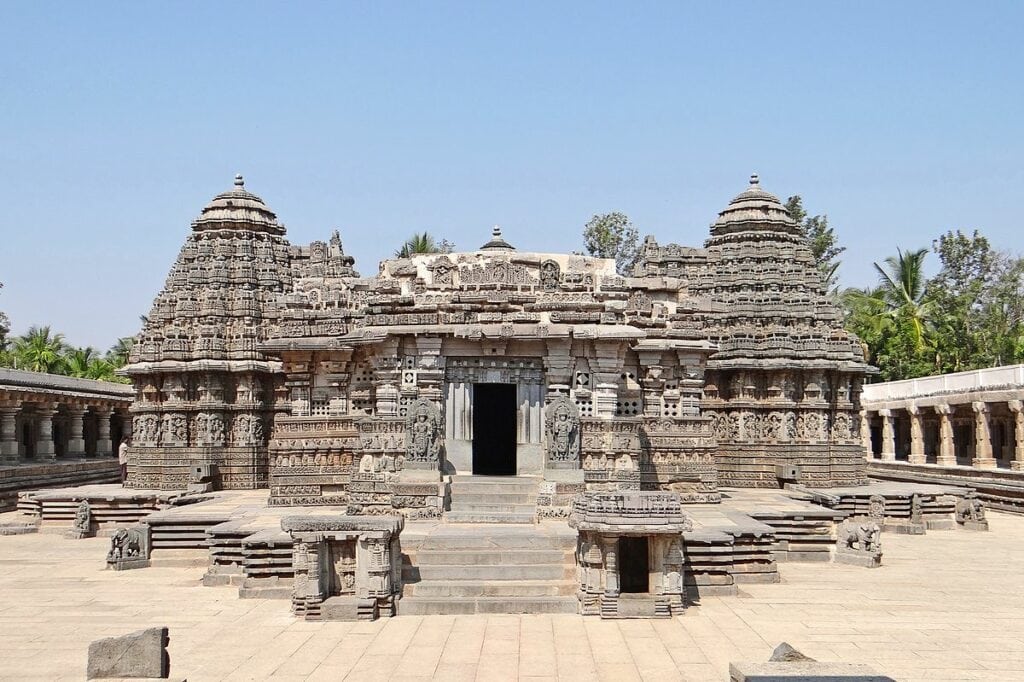
The Chennakesava Temple, situated in Belur, Karnataka, is a stunning example of Hoysala architecture. Built on the banks of the river Yagachi in the 11th century A.D., this soapstone temple is dedicated to Lord Vishnu in his Chennakesava form.
The temple’s proximity to the river and its harmonious integration with the natural surroundings add to its aesthetic appeal and spiritual ambiance.
Did You Know?
The Chennakesava Temple showcases intricate carvings and sculptures, including depictions of celestial beings, animals, and mythological stories. Its intricate workmanship and attention to detail make it a masterpiece of Hoysala craftsmanship.
7. Lingaraja Temple, Bhubaneswar
Year Established: 11th century
Location: Bhubaneswar, Odisha
Deity: Lord Shiva
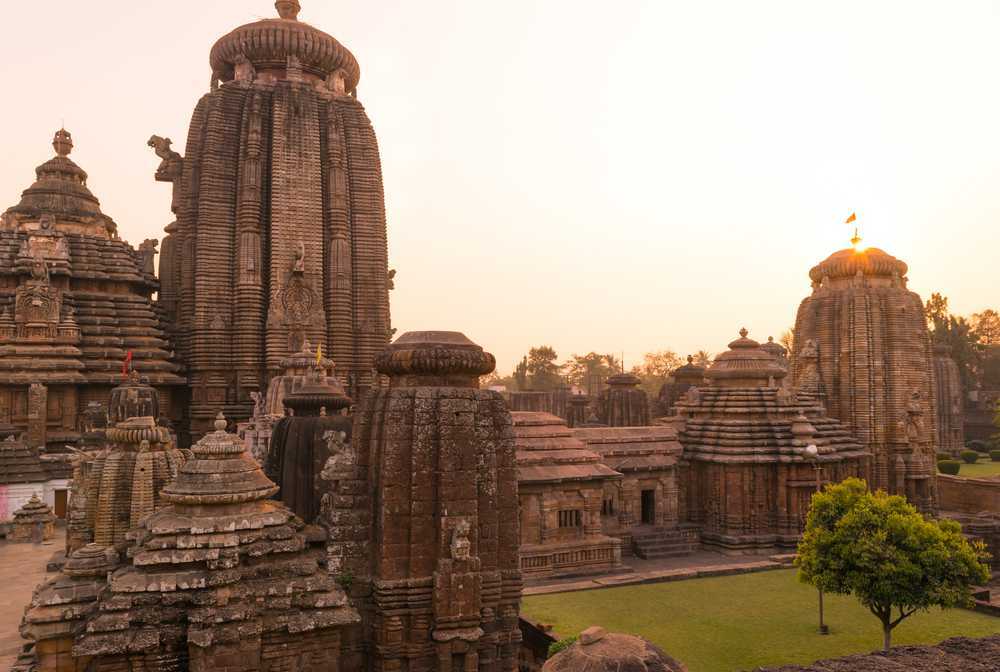
The Lingaraja Temple in Bhubaneswar, Odisha, is a magnificent example of Kalinga architecture. Dating back to the 11th century, this temple dedicated to Lord Shiva showcases exquisite carvings and intricate details. The temple’s 55-meter-high spire is a visual marvel.
Did You Know?
The Lingaraja Temple holds a significant place among Shaivaite pilgrimage sites in India. It draws devotees from all corners of the country who come seeking the divine blessings of Lord Shiva.
6. Kailasa Temple, Ellora
Year Established: 8th century
Location: Ellora, Maharashtra
Deity: Lord Shiva
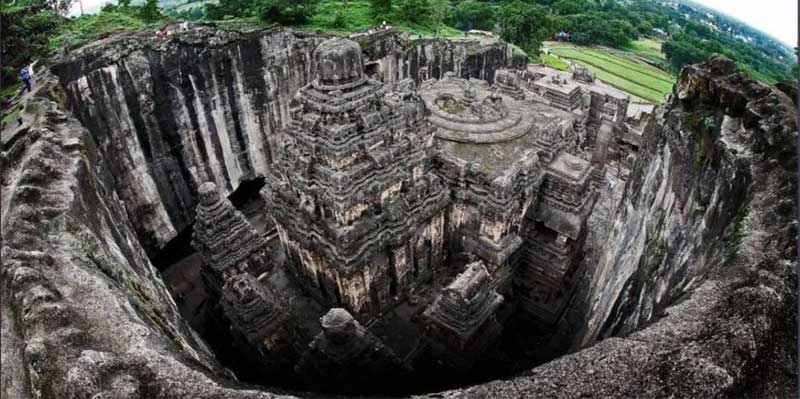
The Kailasa Temple, situated in the Ellora Caves of Maharashtra, is a masterpiece of rock-cut temple architecture. Built during the 8th century, this temple dedicated to Lord Shiva is a marvel of grandeur and sculptural beauty. Carved out of a single rock cliff, it stands as a testament to the skill and ingenuity of the ancient craftsmen.
Did You Know?
The Kailasa Temple is considered the pinnacle of rock-cut Indian architecture and is the largest monolithic structure in the world. It features intricate carvings of deities, celestial beings, and mythological scenes.
5. Ambarnath Temple
Year Established: 1060 A.D.
Location: Maharashtra
Deity: Lord Shiva
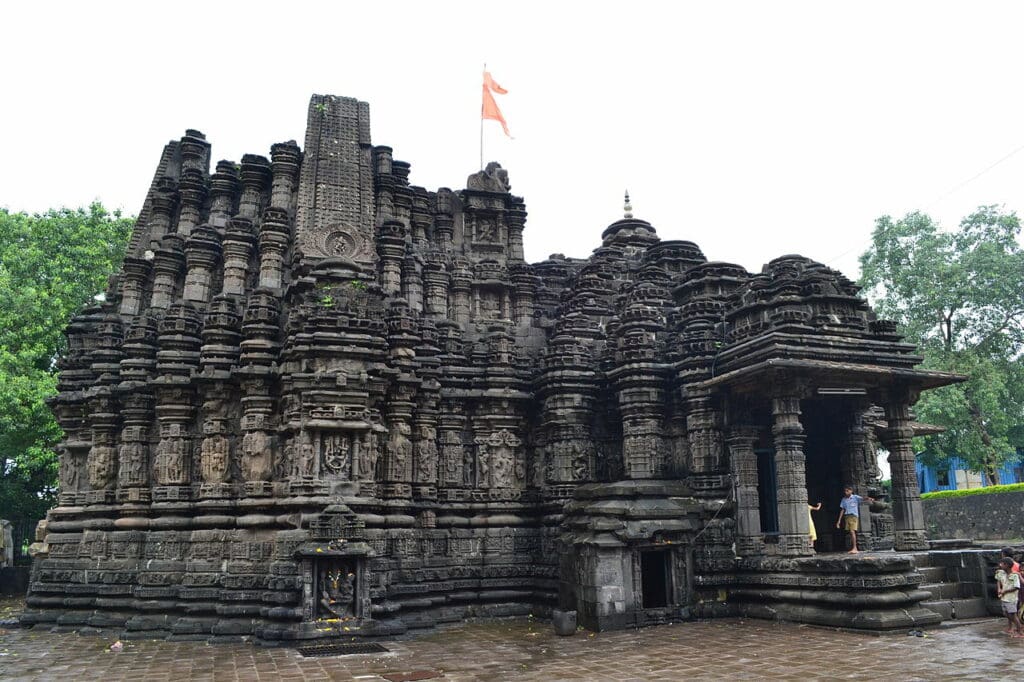
The Ambarnath Temple, also known as the Ambreshwar Shiva Temple, is located in Maharashtra. Constructed in 1060 A.D. by the Shilahara king Chhittaraja, it is believed to have been built by the Pandavas out of a single stone. This ancient temple consists of a major room called Gabhara, which has 20 steps leading down to it.
The temple’s main focal point is the Shivling, which symbolizes Lord Shiva.
Did You Know?
The Ambarnath Temple attracts a large number of devotees during the festival of Mahashivaratri when the temple becomes a hub of celebrations and religious fervor.
The temple’s historical significance lies in its association with the Pandavas, the mythical heroes of the Hindu epic Mahabharata, adding a touch of mystique to its ancient allure.
4. Durga Temple, Aihole
Year Established: 7th or 8th century
Location: Aihole, Karnataka
Deity: Mother Durga
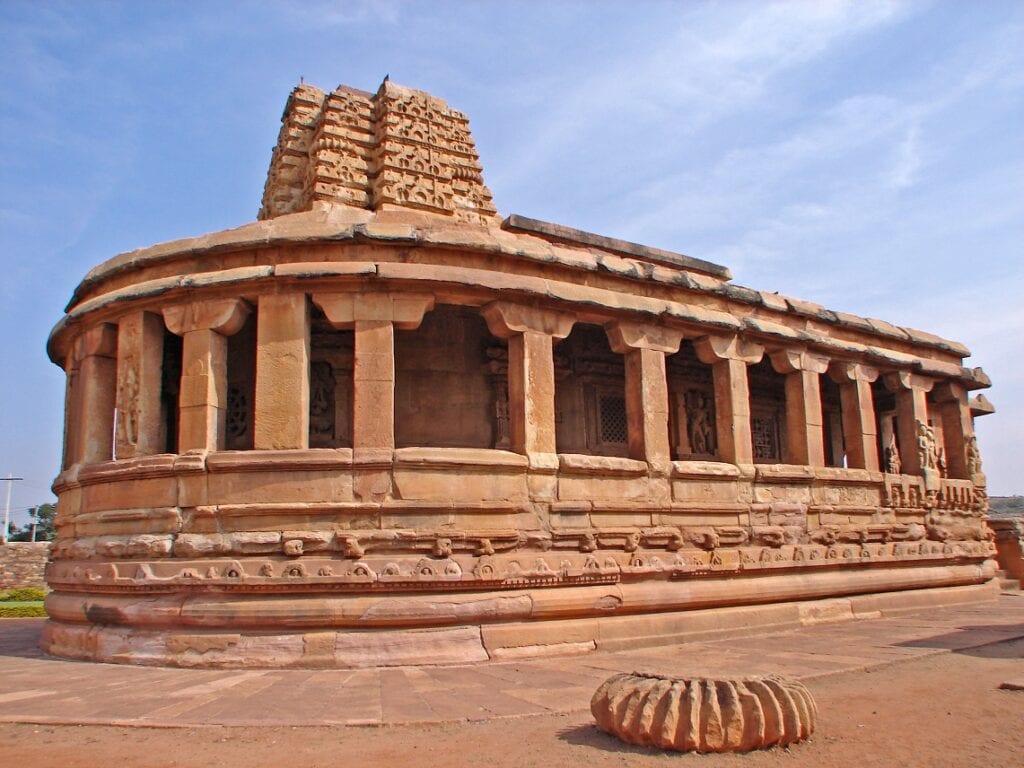
The Durga Temple in Aihole, northern Karnataka, is an ancient temple dedicated to both Lord Shiva and Lord Vishnu. Constructed by the Chalukya dynasty in the 7th or 8th century A.D., this temple is an architectural marvel with its elaborate carvings and intricate designs.
The temple’s name, Durga, means “protector,” highlighting its significance as a place of worship and divine protection in the local belief system.
Did You Know?
The Durga Temple showcases a unique blend of Shaivism and Vaishnavism, with numerous representations of both Lord Shiva and Lord Vishnu. The temple’s intricate carvings and decorative elements make it a treasure trove of ancient Indian art.
3. Badami Cave Temples
Year Established: 6th century
Location: Karnataka
Deity: Hindu, Buddhist, Jain deities
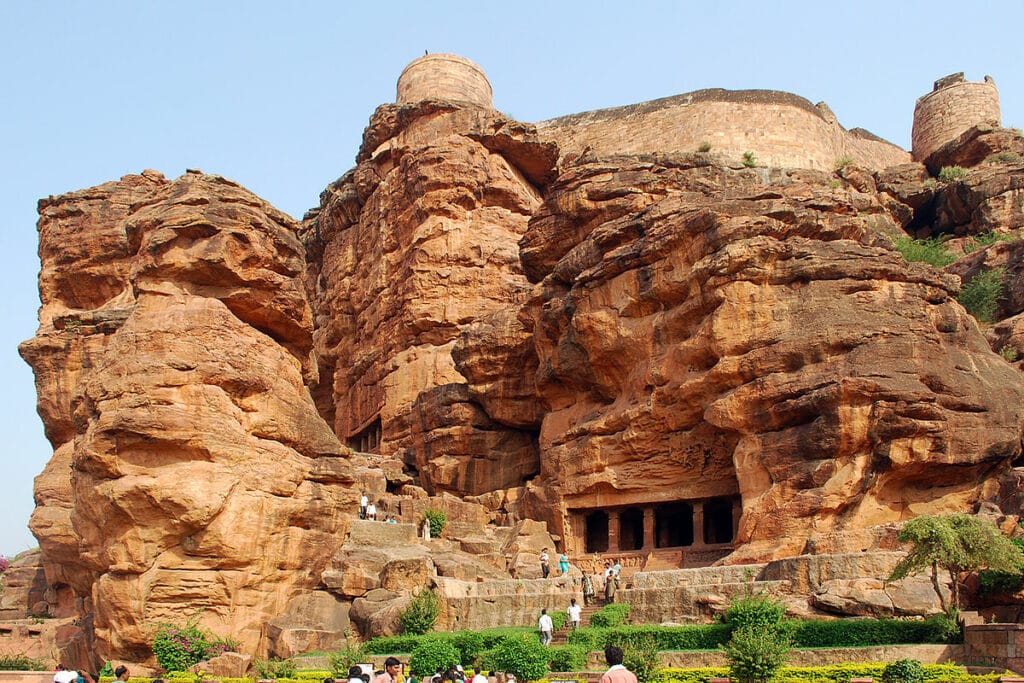
The Badami Cave Temples, situated in Karnataka, represent some of the earliest known examples of Hindu temples. These rock-cut caves were carved out by artisans in the 6th century A.D. under the patronage of the Chalukya dynasty. The caves showcase a complex system of rock-cut shrines dedicated to Buddhist, Jain, and Hindu deities.
The Badami Cave Temples provide insights into the religious and artistic synthesis that characterized the Chalukya period, showcasing the harmonious coexistence of different faiths.
Did You Know?
Badami, formerly known as Vatapi Badami, served as the capital of the early Chalukya dynasty, and these cave temples were integral to the religious and cultural life of the region.
2. Mahabodhi Temple, Bodh Gaya
Year Established: 6th century BC
Location: Bodh Gaya, Bihar
Deity: Gautama Buddha
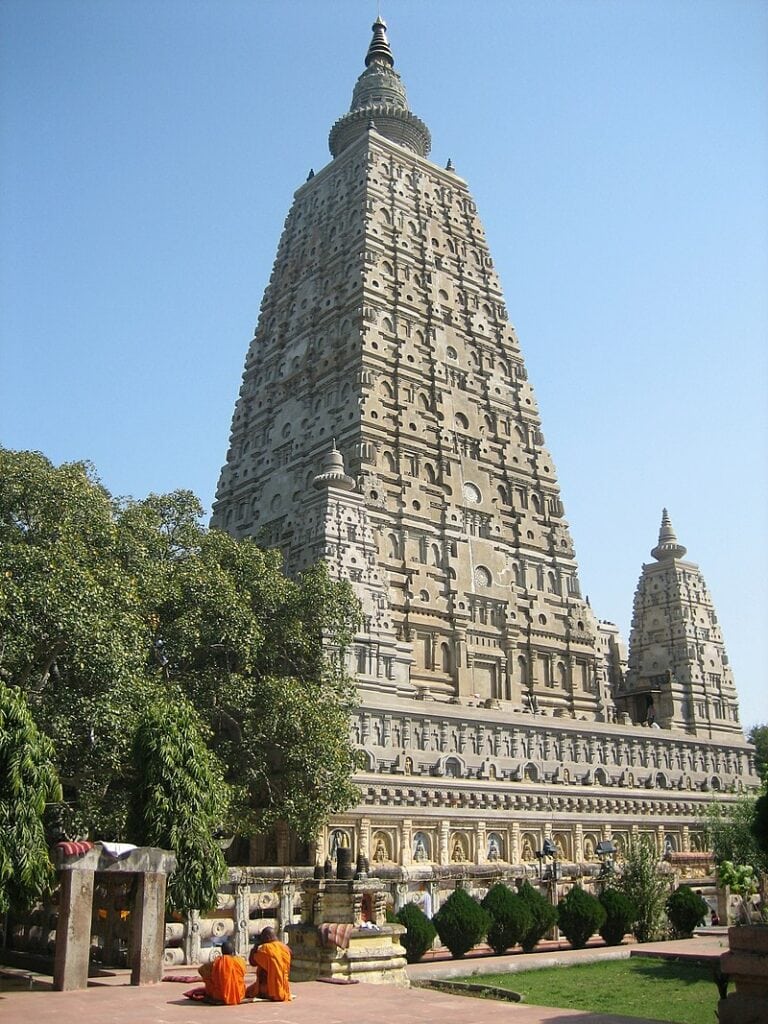
Located in Bodh Gaya, Bihar, the Mahabodhi Temple holds immense significance in Buddhism as the place where Gautama Buddha attained enlightenment. As a UNESCO World Heritage Site, this ancient temple is recognized as one of the oldest brick structures in India.
The temple’s serene ambiance and the sacred Bodhi tree, under which Buddha meditated, attracted millions of Buddhist pilgrims.
Did You Know?
The Mahabodhi Temple complex encompasses various monasteries, shrines, and meditation spots. It stands as a testament to the spread of Buddhism across the world.
1. Mundeshwari Devi Temple
Year Established: 625 BC
Location: Kaimur, Bihar
Deity: Goddess Mundeshwari Devi
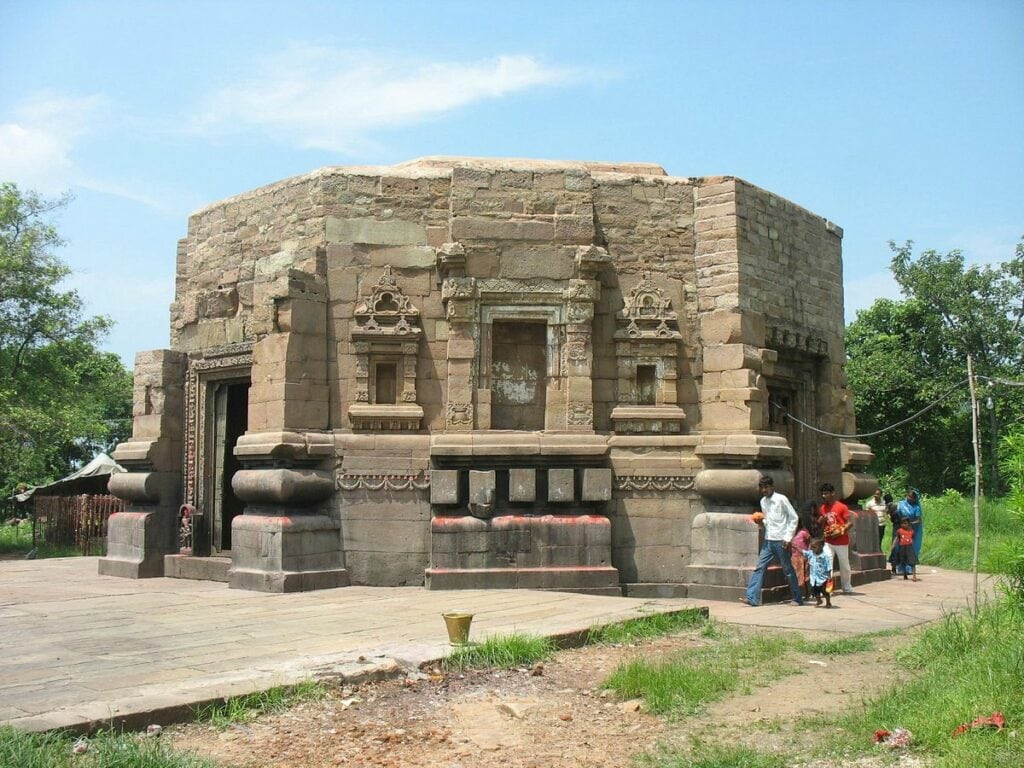
Located in Kaimur, Bihar, the Mundeshwari Devi Temple is believed to be the oldest functional Hindu temple in the world. While the structure may be relatively small, its historical significance and stone carvings make it a captivating destination.
As the oldest functional Hindu temple, the Mundeshwari Devi Temple is a testament to the continuous worship and spiritual devotion that has been carried forward through the ages.
Did You Know?
The Mundeshwari Devi Temple is said to trace its origins back to the Gupta period, around 625 BC. The temple’s intricate stone carvings offer insights into ancient Indian art and provide glimpses of life during that time.
Conclusion
The 10 oldest temples in India offer a fascinating journey into the country’s ancient spiritual and architectural heritage. From the iconic Dwarkadhish Temple in Gujarat to the awe-inspiring Mundeshwari Devi Temple in Bihar, each temple has its own unique charm and historical significance.
These temples are not just places of worship but also cultural landmarks that reflect the diverse religious traditions and artistic brilliance of ancient India. These temples continue to be popular destinations for both devotees and visitors from all over the world.
People are drawn to these sacred sites to find spiritual solace and to appreciate the remarkable craftsmanship displayed in their construction.


